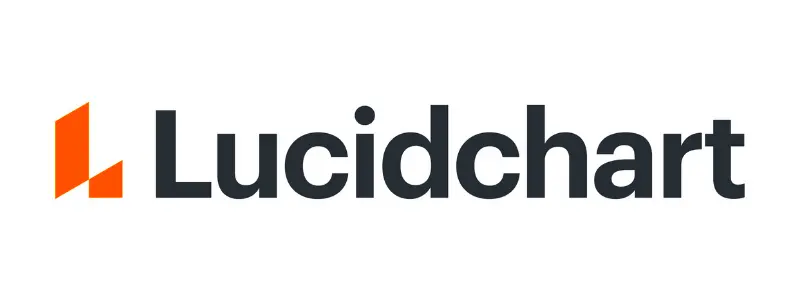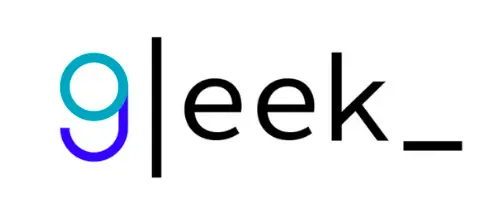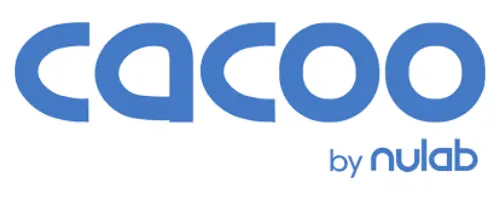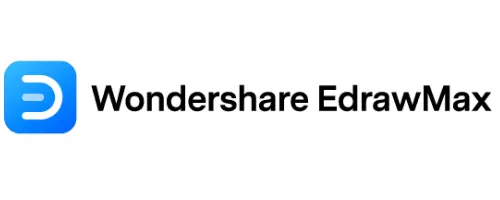Today we will examine the best UML tools available. But first, let’s define and discuss UML.
What is UML and Is it still relevant in 2024?
UML stands for Unified Modeling Language. Developers created UML in the late 1990s to better map out complex projects. Software development has become more complicated. UML retains an important place in any software development project. UML gives teams a valuable tool for mapping complex software projects. UML is a flexible, universal visual modeling language. UML creates a standard form to visualize systems.
Make your own UML diagram with Gleek.
UML gives development teams a powerful set of tools to create many types of diagrams. These fall into two major groups: structure diagrams and behavior diagrams. Structure diagrams show the static, architectural parts of a system. Behavioral diagrams show the dynamic parts of a system, or how the system reacts to input. Inside the two categories we have many types of diagrams:
Structural diagrams | Behavioral diagrams |
Class diagrams | Activity diagrams |
Component diagrams | State machine diagrams |
Object diagrams | Interaction diagrams |
Composite structure diagrams | Use case diagrams |
Deployment diagrams | Communications diagrams |
Package diagrams | Interaction overview diagrams |
Profile diagrams | Sequence diagrams |
As you see, UML provides developers with many types of diagrams to map out their projects. UML works perfectly to chart out large enterprise applications. UML allows teams to visualize projects that scale easily. Good architecture will never go out of style, this is why UML is still relevant nearly 25 years after its inception.
What is the best software for UML diagrams?
1. Lucidchart

Many developer’s go-to diagramming tool, Lucidchart provides a suite of simple tools. Lucidchart works in real time across many platforms thanks to its code being HTML 5-based. Lucidchart integrates with Confluence, and also with MS Team, Slack and G Suite. Lucidchart handles anything from complex system diagrams to mind maps. Lucidchart has fans among less-technical development team members because of its easy drag-and-drop user interface. Check out our Draw.io vs. Lucidchart article to get a more in-depth look at the app’s functionality.
Lucidchart input type:
Drag-and-drop
UML diagram types where lucidchart shines:
Class diagrams
Sequence diagrams
Activity diagrams
2. Gleek.io

Gleek.io creates several types of UML diagrams: sequence diagrams, state diagrams, class diagrams, and object diagrams. Teams also use Gleek.io to create org charts, flowcharts, mind maps and many other diagrams. As power users and developers know, using the keyboard proves much faster than using a mouse. Because Gleek.io relies on keyboard commands, developers work faster than they do with drag and drop diagramming programs. And Gleek.io has syntax help available right in the diagramming window should you get stuck.
Gleek input type:
Keyboard, not drag-and-drop
UML diagram Gleek.io does best:
sequence diagrams
class diagrams
state diagrams
object diagrams
3. Diagrams.net

Diagrams.net (formerly draw.io) offers a simple drag-and-drop interface for flowcharts and graphs, but also works for UML as well. Diagrams.net works well for a wide variety of tasks, but may not have enough specialized functions for some users. If you seek a drag-and-drop UML solution, draw.io costs a bit less than Lucidchart and offers the same ease-of-use for general users.
Input type:
Drag-and-drop
UML diagram types that diagrams.net specializes in:
Case diagrams
Sequence diagrams
Activity diagrams
4. Cacoo

Cacoo gives a great diagramming experience to a wide variety of users. Most people will be able to start diagramming very quickly with Cacoo’s intuitive drag-and-drop interface. Cacoo also offers real-time collaboration, so teams can find problems together quickly. You do not need to know everything about UML to use Cacoo. Cacoo might not meet the needs of every developer. It’s a drag-and-drop solution aimed at a general audience of users.
Input type:
Drag-and-drop
UML diagram types that Cacoo does well:
Use case diagrams
Sequence diagrams
Activity diagrams
Make your own UML diagram with Gleek.
5. Gliffy

Gliffy provides themes and templates to draw many UML diagrams. Gliffy employs a drag-and-drop interface. Gliffy also works well to create other types of charts and diagrams. Gliffy offers a space to create just about anything you would write on a whiteboard, but in virtual space. This might not be ideal for users looking for a hand-core UML solution. Gliffy works well for teams that have members who are less fluent in UML and diagramming. Read more about the tool in the detailed comparison of Lucidchart and Gliffy.
Input type:
Drag-and-drop
UML diagram types that Gliffy does well:
Packet diagrams
Composite structure diagrams
component diagrams
6. EdrawMax

EdrawMax will please users familiar with Microsoft products. EdrawMax’s user interface looks like Microsoft Word. Many users turn to EdrawMax when they need to export UMLs to other formats. EdrawMax exports to many file formats, including PDF, HTML, PPT and Microsoft Word. EdrawMax comes with many templates and ready-made symbols. The final UML diagrams lack some of the sophistication of some competitors. (Gleek and Lucidchart have much more eye-pleasing diagrams).
Input type:
Drag-and-drop
UML diagram types that EdrawMax does well:
Interaction overview diagrams
package diagrams
component diagrams

7. Microsoft Visio Pro

Microsoft Visio Pro provides Office users with basic UML tools. Companies can add Visio Pro to their Microsoft Office Pro subscription. Organizations choose Visio Pro when they want to create their UMLs within the Microsoft Office ecosystem. Microsoft Visio Pro might not have as many features as some of the above tools. For large organizations who want seamless integration of UMLs within their corporate Office environment, Visio Pro works very well.
Check out our comprehensive guide on Free Visio alternatives.
Input type:
Drag-and-drop
UML diagram types that Microsoft Visio Pro does well:
State diagrams
Use case diagrams
Activity diagrams
Related posts
Top Diagram-as-Code Tools for Developers
8 Free Visio alternatives you should know about in 2023
10 Best data modeling tools: Free & Open Source
Top developer productivity tools for enhanced workflow
10 Best & useful software development tools in 2022
11 Best ER diagram tools to use in 2022
Top 12 Lucidchart alternatives in 2022
